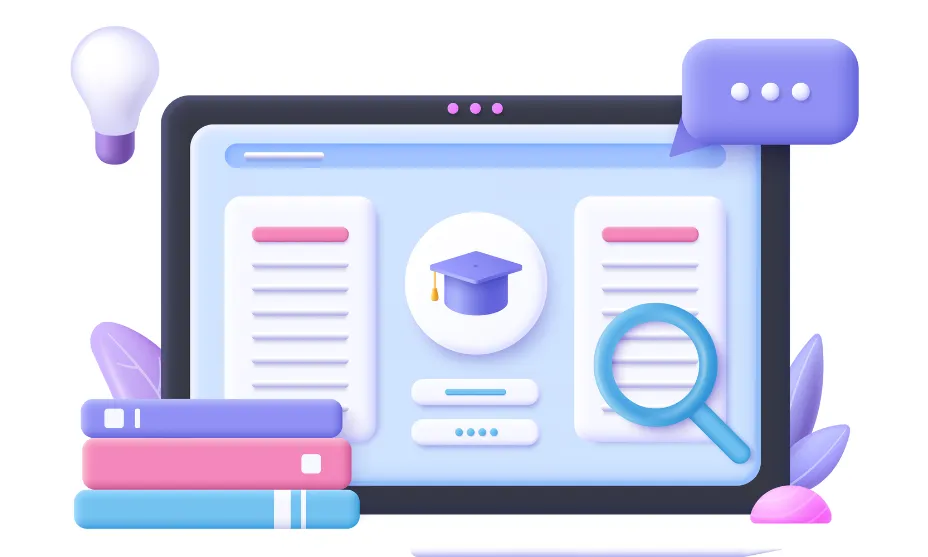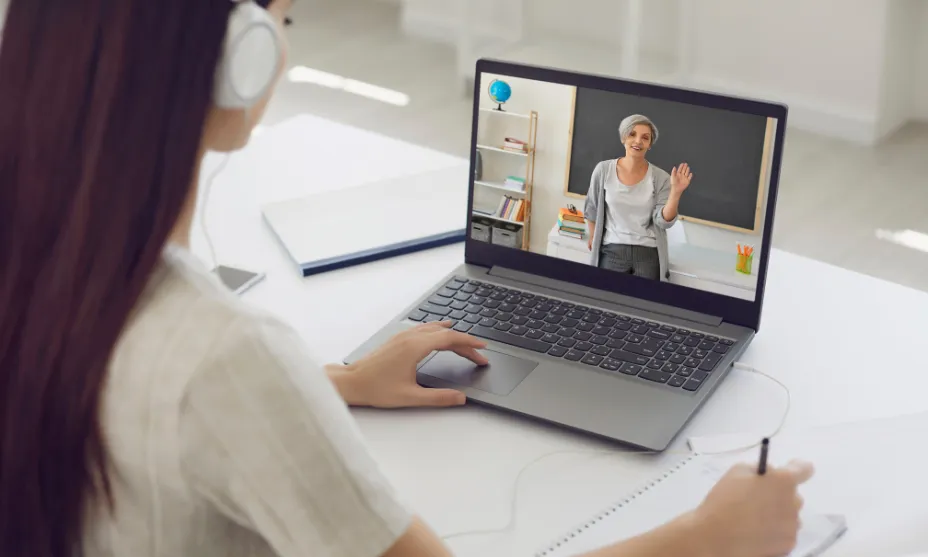The educational landscape has experienced a significant transformation in recent years, with remote proctoring services playing a crucial role in modern academic infrastructure. The COVID-19 pandemic has accelerated industry shifts, leading to permanent changes in how educational institutions verify and assess student learning outcomes. The rapid adaptation of digital assessment applications has resulted in widespread market penetration.
These tools go beyond basic exam monitoring methods, impacting instructional approaches, learning experiences, and administrative systems in educational organizations.
According to recent academic data, over 54% of higher education institutions utilize online proctoring systems as part of their academic evaluation procedures.
This blog post will delve into how remote proctoring services are reshaping education and the various solutions available in the market.
Let’s begin by exploring the major players in the remote proctoring market!
The Current Landscape of Proctoring Software
The proctoring software market has witnessed remarkable growth, with key players emerging as industry leaders. Market analysis highlights a competitive landscape where innovation and reliability are key differentiators. Top providers have established themselves through technological advancements and institutional trust.
These platforms have shown adaptability during the pandemic, with some reporting growth rates exceeding 500%. Significant investments have been made in the sector, with companies like Examity securing $90 million in funding, indicating strong market confidence in remote proctoring technology’s future.

Research Methodology and Findings
Our analysis covered 2,155 higher education institutions in North America, utilizing advanced data collection methods through the Google Custom Search API. This study unveiled interesting patterns in the adoption of proctoring technologies across different regions and institutional types.
The research methodology focused on identifying mentions and implementations of proctoring software on institutional websites. Through validation processes, we confirmed that mentions correlated strongly with actual institutional adoption. Findings revealed a disparity between U.S. and Canadian institutions, with higher adoption rates in American universities.
Key findings from our research include:
- 63% of North American institutions actively use proctoring software
- U.S. institutions show a 65.8% adoption rate compared to 39.2% in Canada
- Regional variations exist, with Quebec showing notably lower adoption rates (8.9%)
- Over 90% of U.S. states report adoption rates exceeding 50%
Types of Remote Proctoring Solutions
The evolution of remote proctoring has led to three distinct approaches, each catering to different institutional needs and assessment contexts. These solutions offer unique advantages and address specific challenges in online assessment security.


Live proctoring is a traditional approach involving human proctors monitoring examinations in real-time through webcam feeds. This method mirrors in-person supervision while offering the convenience of remote administration. Proctors can address suspicious behavior promptly and provide technical support.
Recorded proctoring offers a flexible solution by capturing entire examination sessions for later review. This approach allows detailed analysis of student behavior and reduces immediate staffing requirements. The system records video and audio feeds, screen activity, keyboard and mouse movements, and background processes.
Automated proctoring is at the forefront of assessment security, using AI and machine learning algorithms to monitor examinations in real-time. This technology can monitor multiple students simultaneously, analyze behavioral patterns, and flag potential violations instantly.
Technological Advancements in Proctoring
The rapid evolution of proctoring technology has introduced sophisticated capabilities unimaginable a few years ago. AI and machine learning form the foundation of modern proctoring systems, enabling high levels of accuracy and efficiency in exam monitoring.
Biometric authentication is crucial for student identity verification through multiple data points. Advanced systems continuously verify student identity during an examination, combining facial recognition, typing patterns, and behavioral analysis.
Key innovations resulting from these technologies include:
- Real-time behavior analysis using AI algorithms
- Multi-factor authentication systems
- Predictive analytics for cheating prevention
- Adaptive security measures based on risk assessment
- Cloud-based scalability solutions
Critical Considerations and Concerns
The widespread adoption of proctoring software has raised ethical and practical concerns in the academic community. Privacy advocates and student groups are worried about the invasive nature of these technologies, especially regarding data collection and storage practices.
Equity issues, such as access to technology and suitable testing environments, are critical considerations. The digital divide may disadvantage students from lower-income backgrounds or those in areas with limited internet connectivity.
Future Implications and Recommendations
The future of remote proctoring hinges on balancing security and student privacy. Institutions must evaluate their assessment strategies and consider alternative approaches that align with their educational objectives.
Recommendations for institutions implementing proctoring solutions include:
- Establish clear policies on data collection and privacy
- Provide comprehensive training for faculty and students
- Offer support for technical issues
- Explore hybrid approaches combining different assessment methods
- Regularly review and update proctoring practices
Continued technological advancements in remote proctoring are expected to address current challenges and improve student experiences. However, institutions must ensure that these tools uphold academic integrity and student rights.
Conclusion: The Future of Remote Assessment
The shift towards remote proctoring technologies signifies a significant change in educational assessment practices. These tools are now integral to the educational infrastructure, with adoption rates rising across North America.
Key takeaways from our research include:
- Remote proctoring has evolved from an emergency solution to a permanent feature in education
- Technology continues to advance, with AI and machine learning driving innovation
- Institutions must balance security with student privacy and accessibility concerns
Looking ahead, the success of remote proctoring will depend on how institutions navigate current challenges and adopt emerging technologies. Educational leaders should focus on developing strategies that integrate proctoring solutions thoughtfully, prioritize student experience, maintain academic integrity, and ensure equitable access to education.
The evolution of remote proctoring technology represents a significant transformation in examination methodologies and educational thinking. The future success of these tools lies in their effective implementation, combining technical advancements with human variables to support authentic learning and assessment practices.
As assessment technology progresses, it will reshape educational practices and digital trust, maintaining core values of accessibility, fairness, and academic excellence.